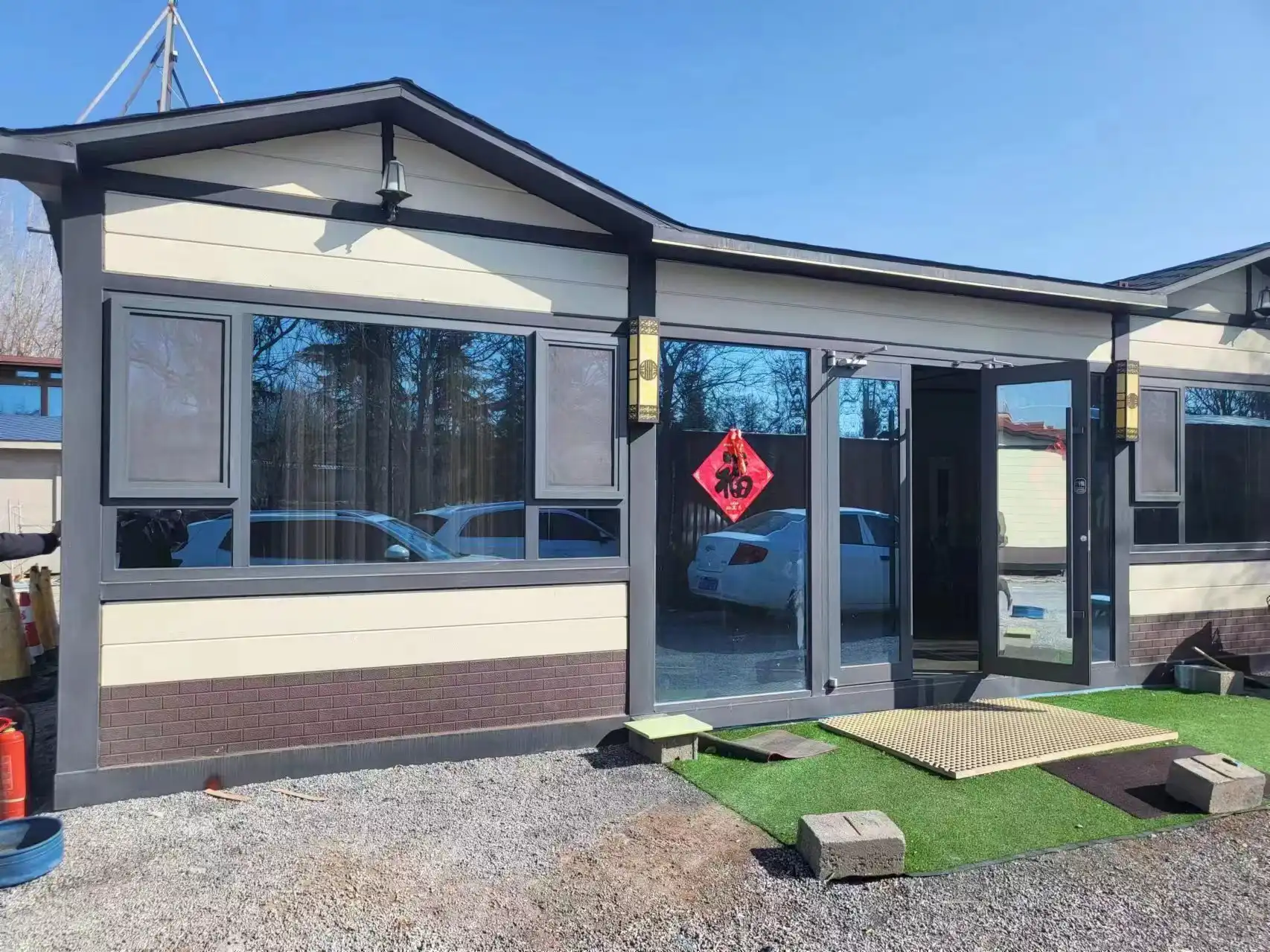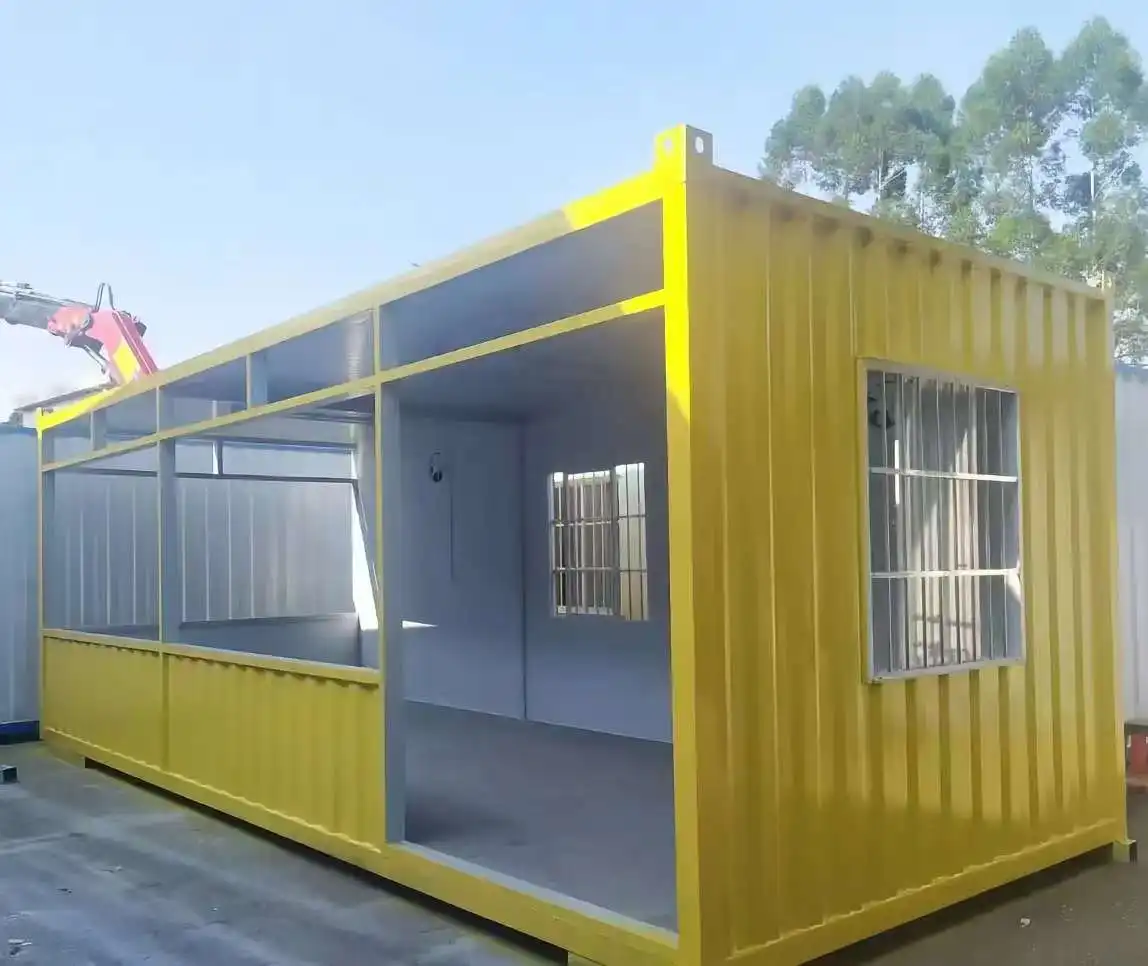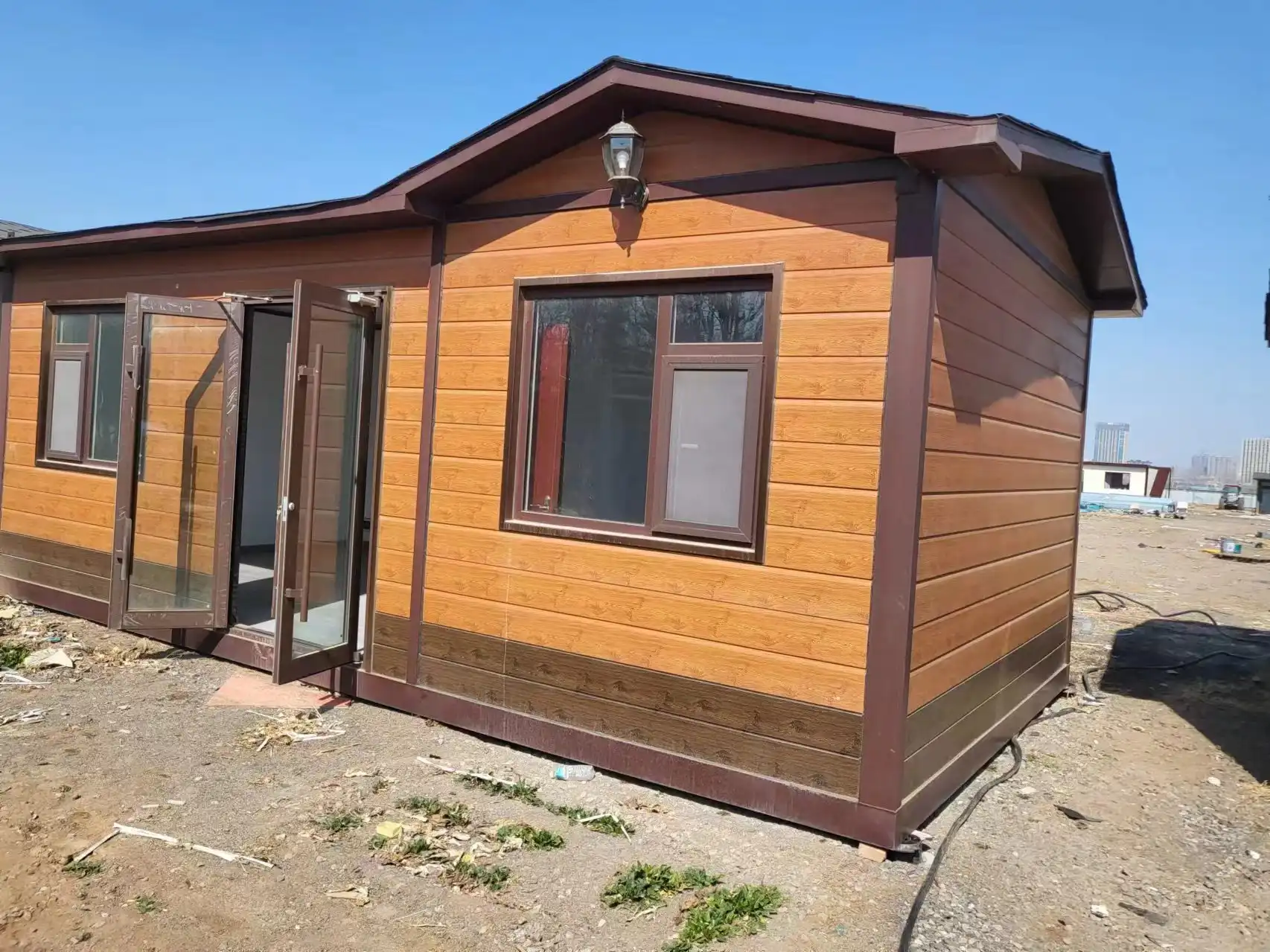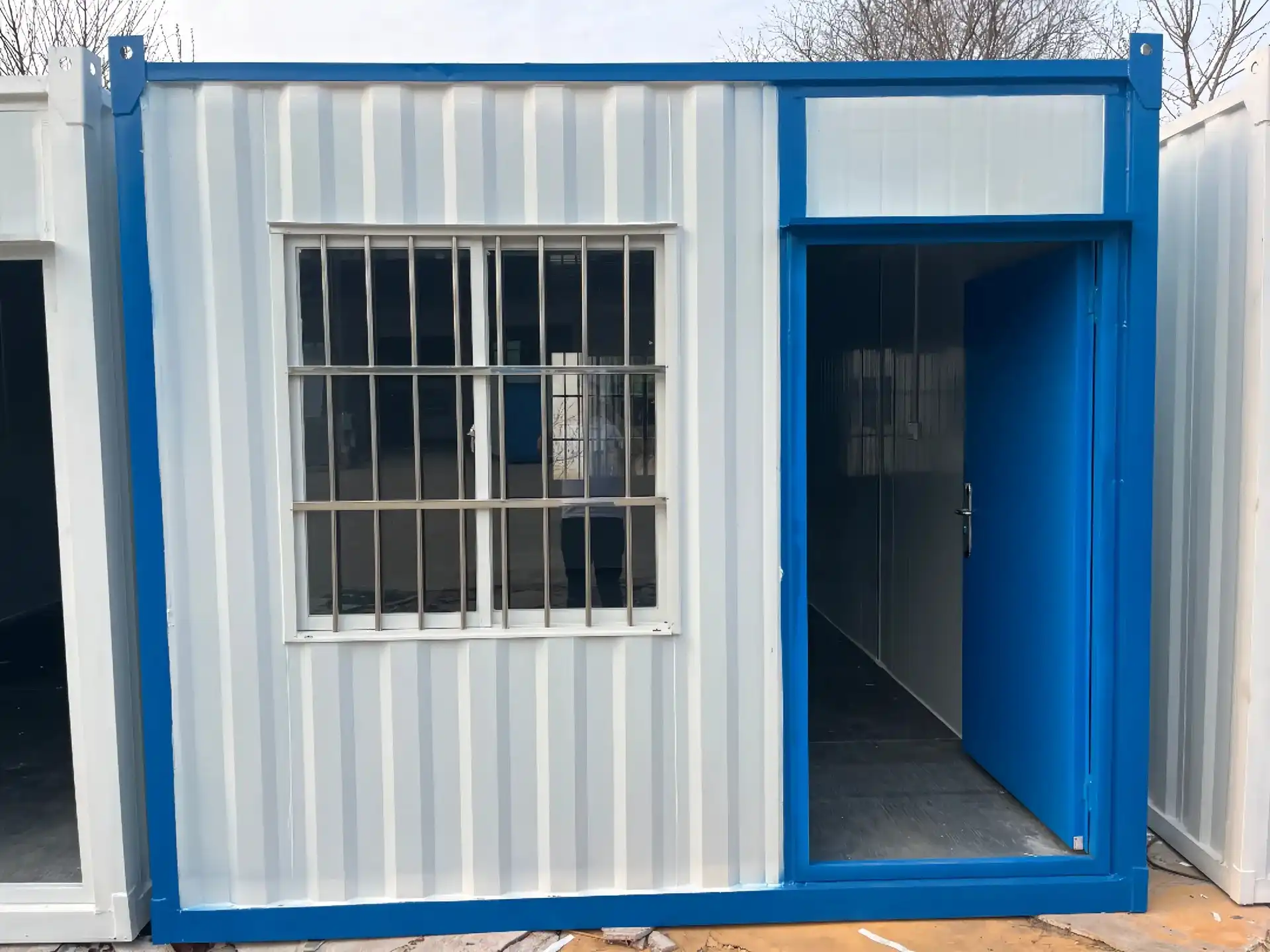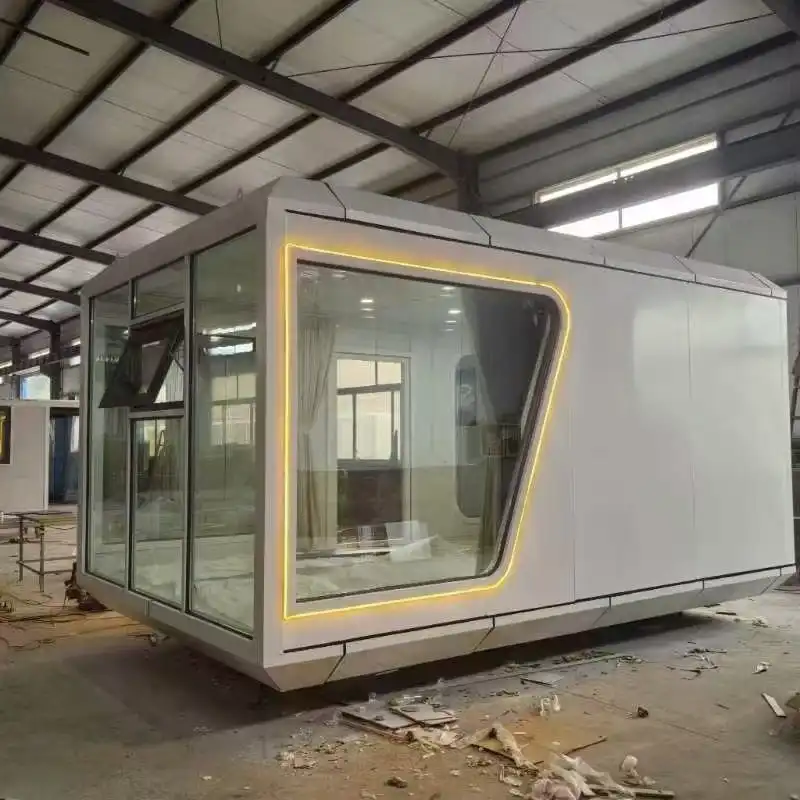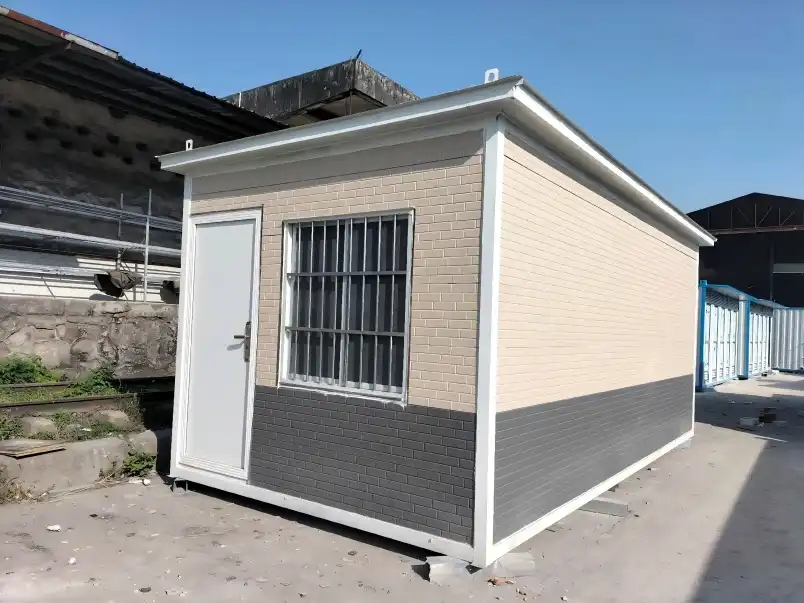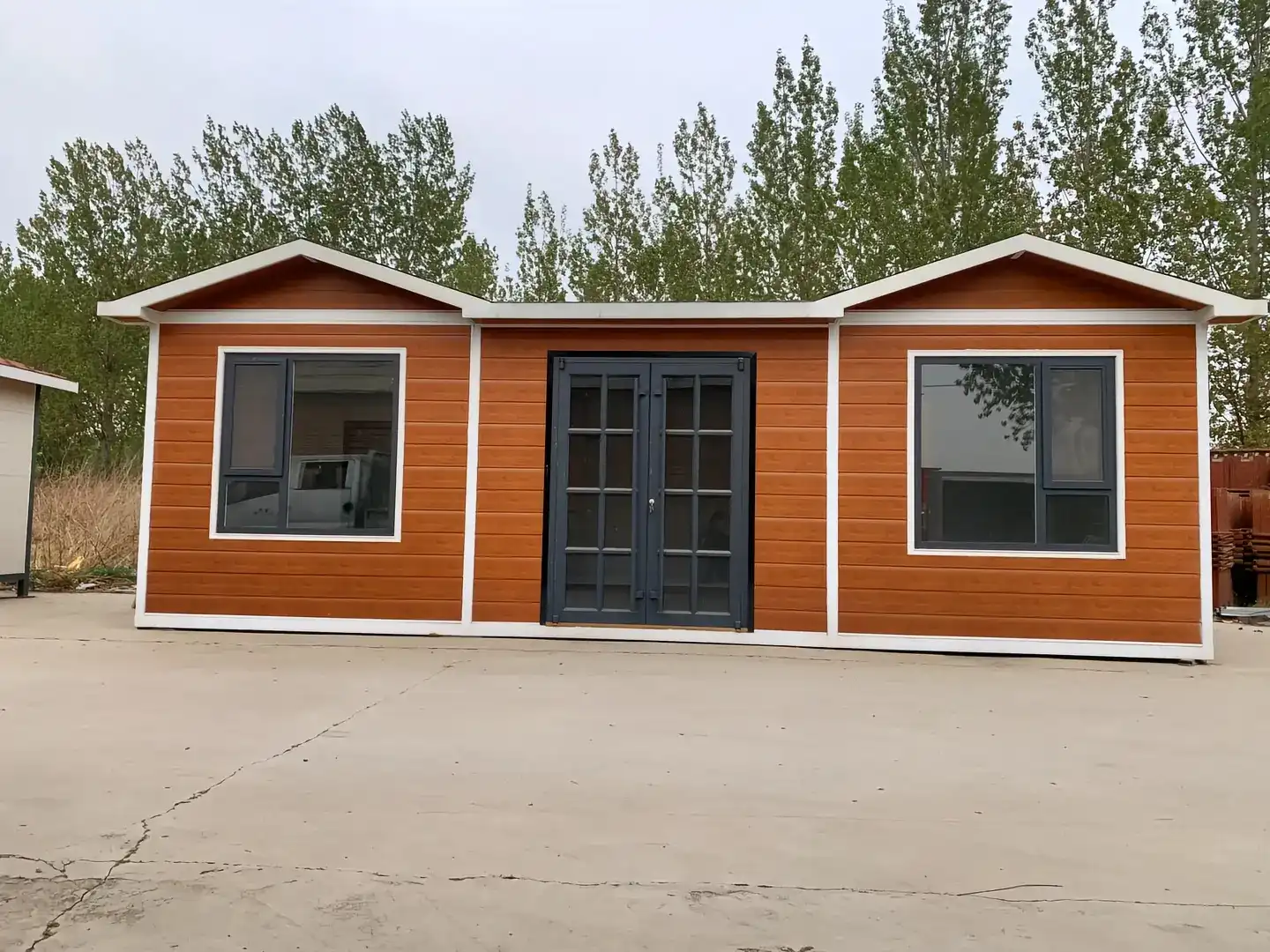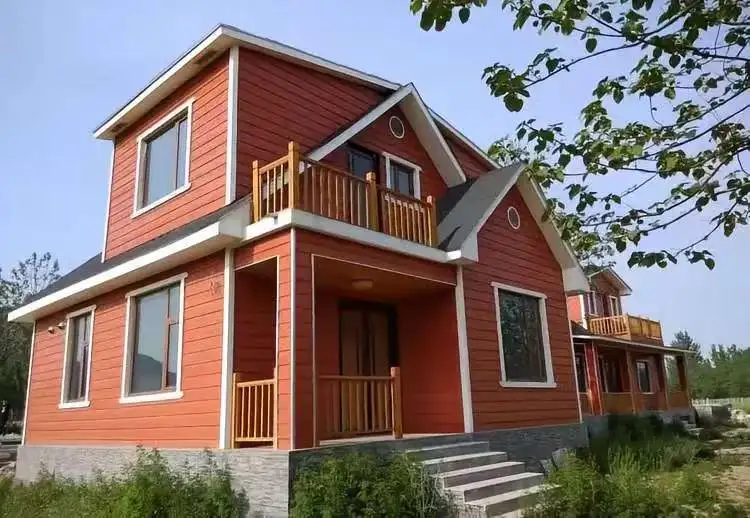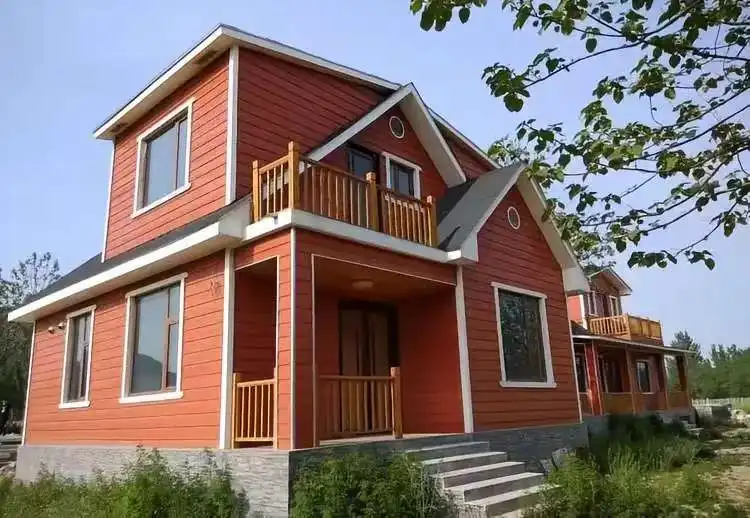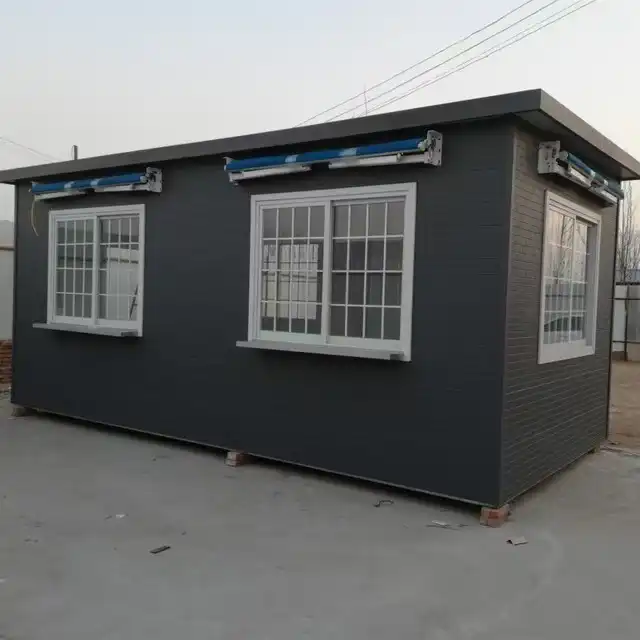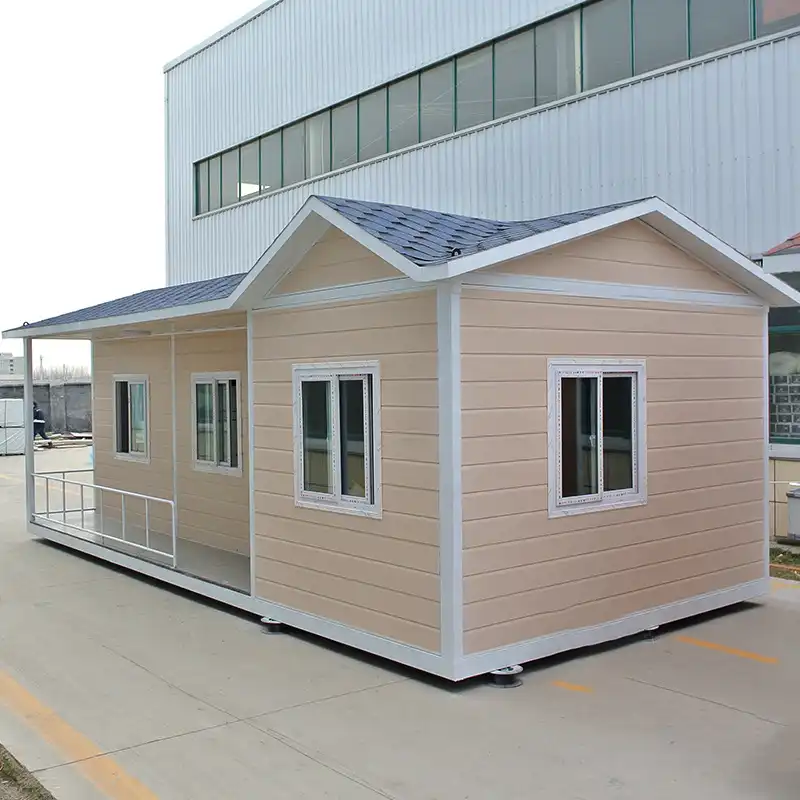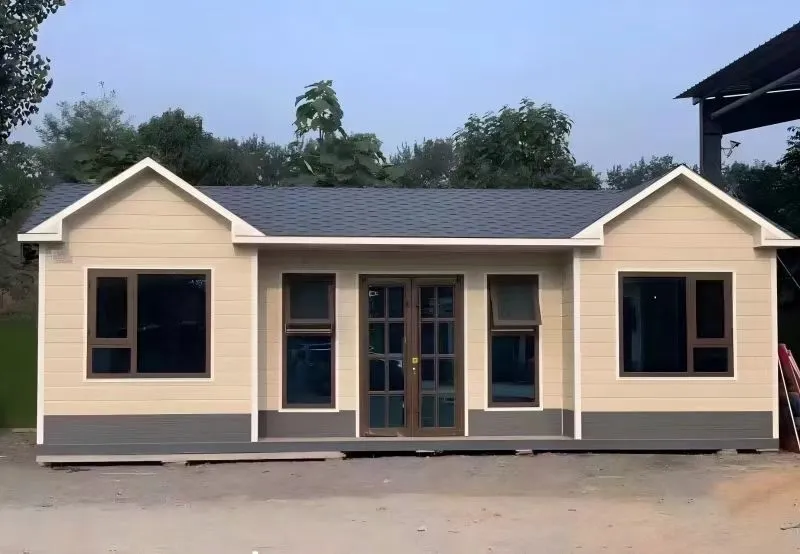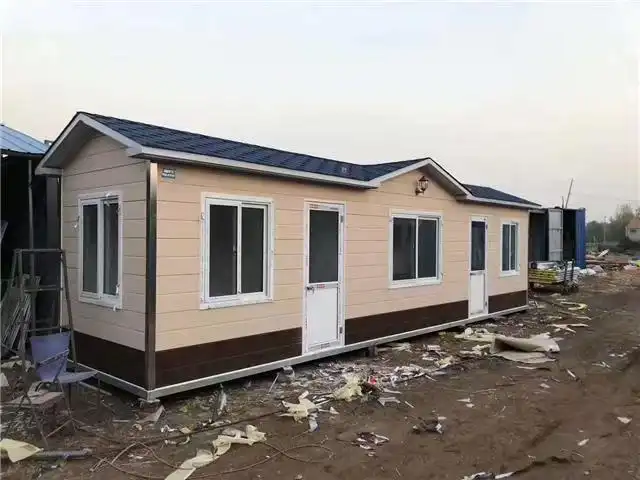Decorative foam insulation panels offer a multitude of advantages for both residential and commercial applications. These innovative products combine style with functionality, providing superior insulation properties while enhancing the aesthetic appeal of any space. Made from high-density polyurethane foam, these panels boast excellent thermal performance, fire resistance, and durability. They're lightweight, easy to install, and come in a variety of colors and textures to suit diverse design preferences. Moreover, their moisture-resistant properties make them ideal for use in various environments, from homes to offices and even industrial settings. By choosing decorative foam insulation panels, property owners can enjoy enhanced energy efficiency, improved indoor comfort, and a visually appealing interior or exterior finish.
Energy Efficiency and Thermal Performance
Superior Insulation Properties
Decorative foam insulation panels excel in thermal performance, offering exceptional insulation properties that significantly contribute to energy efficiency. With an impressive R-value of 6.5 per inch, these panels effectively minimize heat transfer through walls and ceilings. This high insulation capacity helps maintain consistent indoor temperatures, reducing the workload on heating and cooling systems. As a result, property owners can experience substantial energy savings and lower utility bills throughout the year.
Temperature Regulation
The ability of decorative foam insulation panels to regulate indoor temperatures is unparalleled. By creating a robust thermal barrier, these panels prevent heat loss during winter and heat gain during summer. This consistent temperature control not only enhances comfort but also eliminates cold spots and drafts commonly experienced with inferior insulation materials. The panels' effectiveness in maintaining a stable indoor climate contributes to a more pleasant living or working environment, regardless of external weather conditions.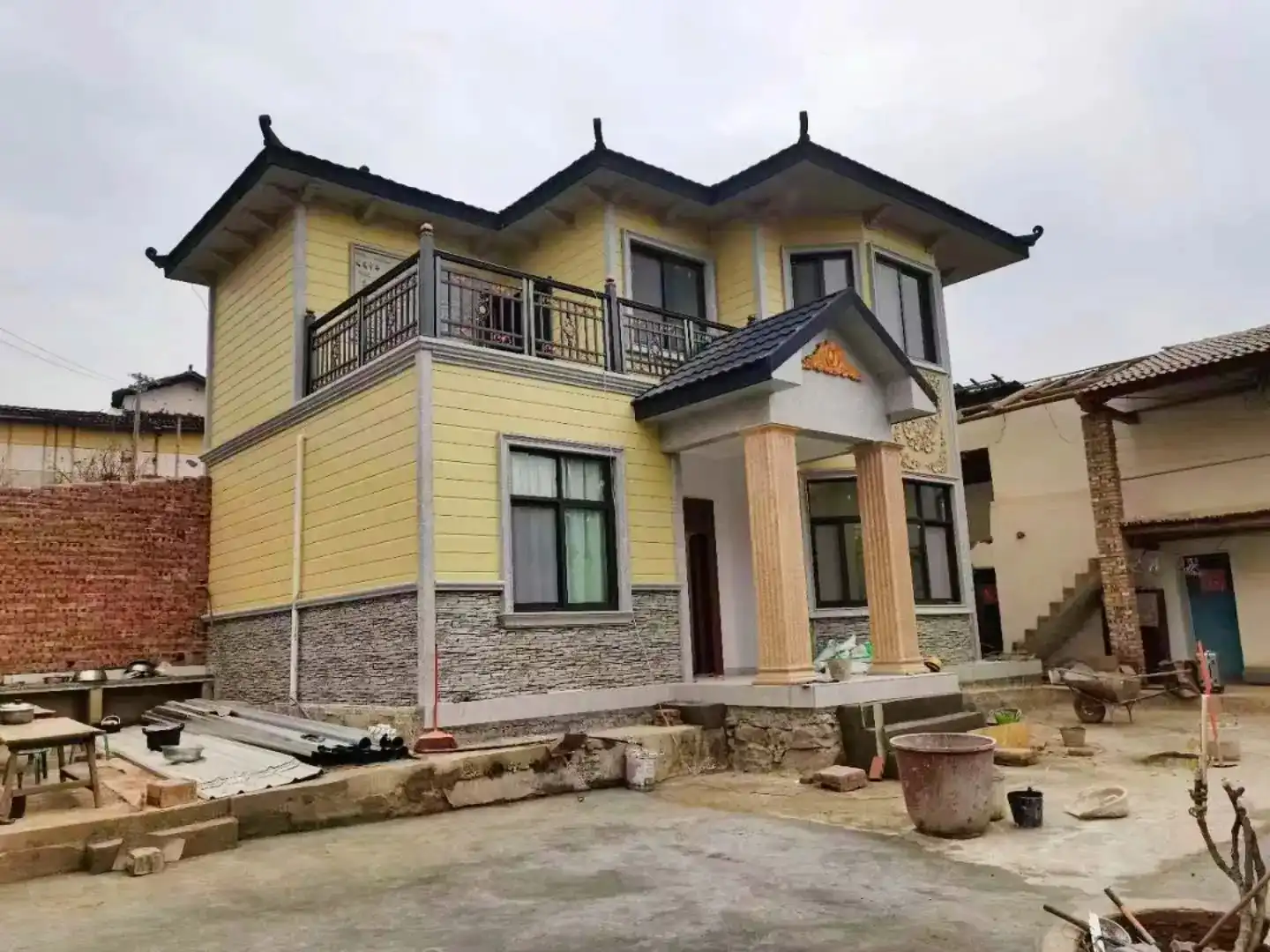
Reduced Carbon Footprint
By improving energy efficiency, decorative foam insulation panels play a crucial role in reducing a building's carbon footprint. The decreased reliance on heating and cooling systems leads to lower energy consumption, which in turn reduces greenhouse gas emissions. This eco-friendly aspect of foam insulation panels aligns with green building standards and supports sustainable construction practices. Property owners who prioritize environmental responsibility can take pride in choosing a product that contributes to energy conservation and climate protection.
Aesthetic Versatility and Design Flexibility
Customizable Appearance
One of the standout features of decorative foam insulation panels is their aesthetic versatility. Available in a wide range of colors, textures, and finishes, these panels offer unparalleled design flexibility. Property owners can choose from smooth, textured, or custom finishes to achieve the desired look for their space. The ability to select from various colors, including white, beige, grey, and custom options, allows for seamless integration with existing decor or the creation of entirely new design schemes. This customization potential makes decorative foam insulation panels suitable for diverse architectural styles and personal preferences.
Seamless Integration
Decorative foam insulation panels are designed to blend seamlessly with both interior and exterior environments. Their versatile nature allows for effortless integration into various architectural elements, including walls, ceilings, and even decorative features. The panels can mimic the appearance of traditional building materials, such as wood or stone, while providing superior insulation properties. This seamless integration ensures that the insulation solution doesn't compromise the overall aesthetic of the space but rather enhances it.
Innovative Design Possibilities
The lightweight nature and malleability of decorative foam insulation panels open up innovative design possibilities. Architects and designers can create unique patterns, textures, and three-dimensional effects using these panels. From subtle wall textures to bold geometric shapes, the design potential is vast. This flexibility allows for the creation of visually striking interiors and exteriors that stand out from conventional insulation solutions. The panels can be used to add depth, create focal points, or even serve as artistic elements within a space.
Durability and Long-Term Performance
Moisture Resistance
Decorative foam insulation panels boast impressive moisture-resistant properties, making them ideal for use in various environments. The high-density polyurethane foam used in these panels naturally repels water, preventing moisture absorption and the subsequent issues that can arise from dampness. This resistance to moisture helps protect against mold and mildew growth, which is crucial for maintaining a healthy indoor environment. The panels' ability to withstand humid conditions without degradation ensures their longevity and consistent performance over time, even in challenging climates.
Fire Safety Features
Safety is a paramount concern in any building material, and decorative foam insulation panels address this with their inherent fire-resistant properties. These panels typically carry a Class B fire rating (per ASTM E84), indicating their ability to resist flame spread and contribute to overall building safety. The fire-retardant characteristics of the foam help slow the progression of fire, providing valuable time for occupants to evacuate in case of an emergency. This safety feature makes decorative foam insulation panels a responsible choice for both residential and commercial applications, where fire safety is a critical consideration.
Longevity and Low Maintenance
Investing in decorative foam insulation panels offers long-term benefits due to their exceptional durability and low maintenance requirements. The high-quality polyurethane foam used in these panels is resistant to deterioration, ensuring that they maintain their insulation properties and appearance for many years. Unlike some traditional insulation materials that may settle or degrade over time, foam panels retain their structure and effectiveness throughout their lifespan. This longevity translates to reduced replacement costs and fewer disruptions for property owners. Additionally, the panels' resistance to pests, rot, and environmental factors further contributes to their long-term performance, making them a cost-effective solution for sustainable building practices.
Conclusion
Decorative foam insulation panels offer a comprehensive solution for modern construction and renovation needs. They excel in energy efficiency, providing superior thermal performance that leads to significant cost savings and reduced environmental impact. The aesthetic versatility of these panels allows for endless design possibilities, seamlessly integrating with various architectural styles. Their durability, including moisture resistance and fire safety features, ensures long-lasting performance with minimal maintenance. By choosing decorative foam insulation panels, property owners invest in a product that enhances both the functionality and beauty of their spaces.
Experience the transformative power of decorative foam insulation panels for your next project. At Weifang Sandong Building Materials Co., Ltd., we offer a wide range of high-quality insulation solutions tailored to your specific needs. For more information on how our products can enhance your building's efficiency and aesthetics, contact us at info@sdqsc.com.
FAQ
What are decorative foam insulation panels made of?
Our panels are crafted from high-density polyurethane foam, ensuring excellent insulation and durability.
Can I get custom sizes and colors for these panels?
Absolutely! We offer a variety of sizes and color options to meet your specific project requirements.
What is the fire rating of these insulation panels?
Our panels have a Class B fire rating (per ASTM E84), providing essential safety in construction.
Are these panels easy to install?
Yes, they are! The panels are lightweight and can be easily installed using standard adhesives.
Do you provide technical support for installation?
Certainly! We offer comprehensive technical support and detailed installation guides to assist our customers throughout the process.
References
1. Building Science Corporation. (2021). "Guide to Insulating Sheathing."
2. U.S. Department of Energy. (2022). "Insulation Materials."
3. National Institute of Building Sciences. (2020). "Whole Building Design Guide: Foam Insulation."
4. ASTM International. (2021). "ASTM E84-21a Standard Test Method for Surface Burning Characteristics of Building Materials."
5. International Code Council. (2021). "2021 International Energy Conservation Code."

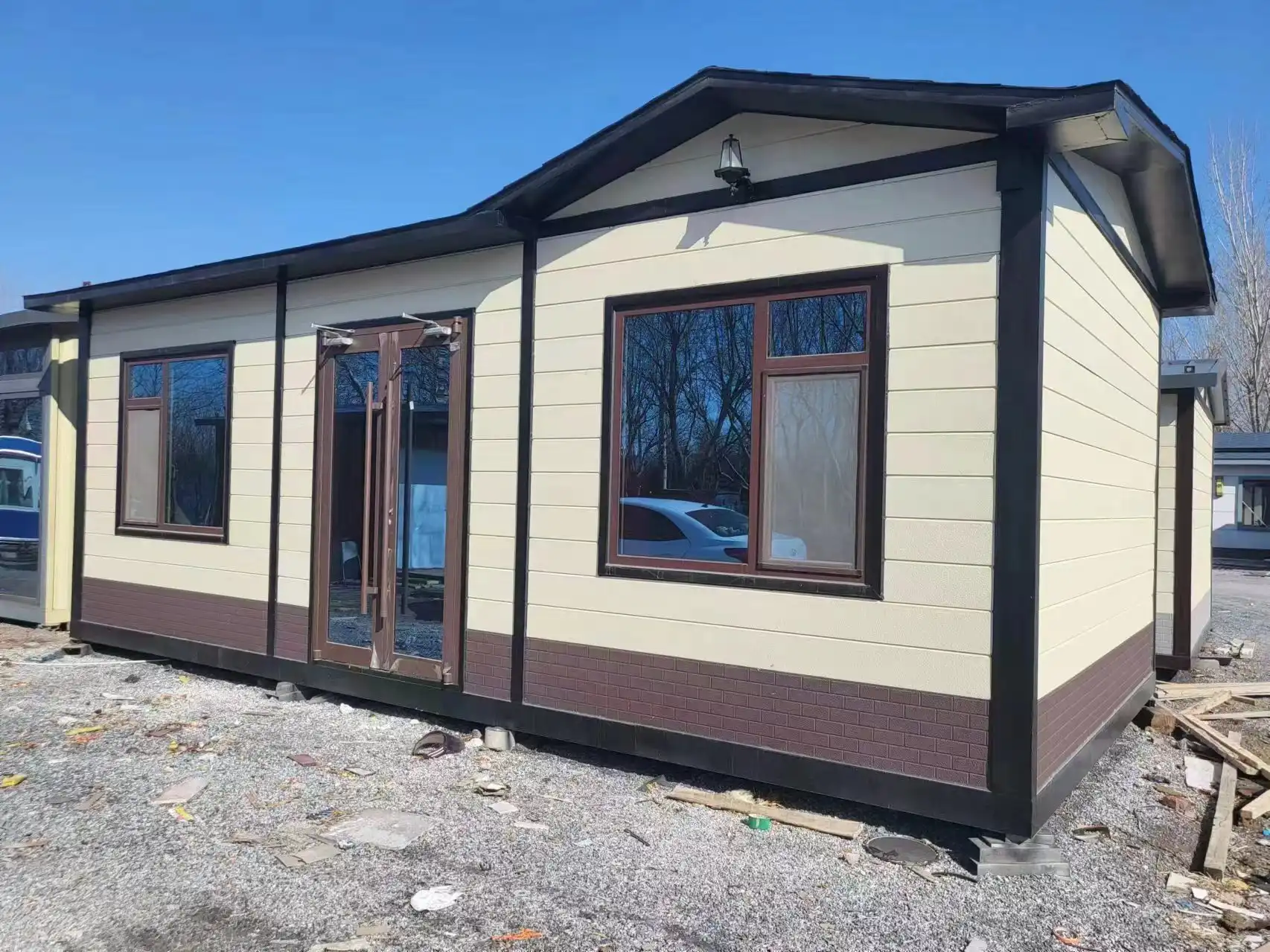
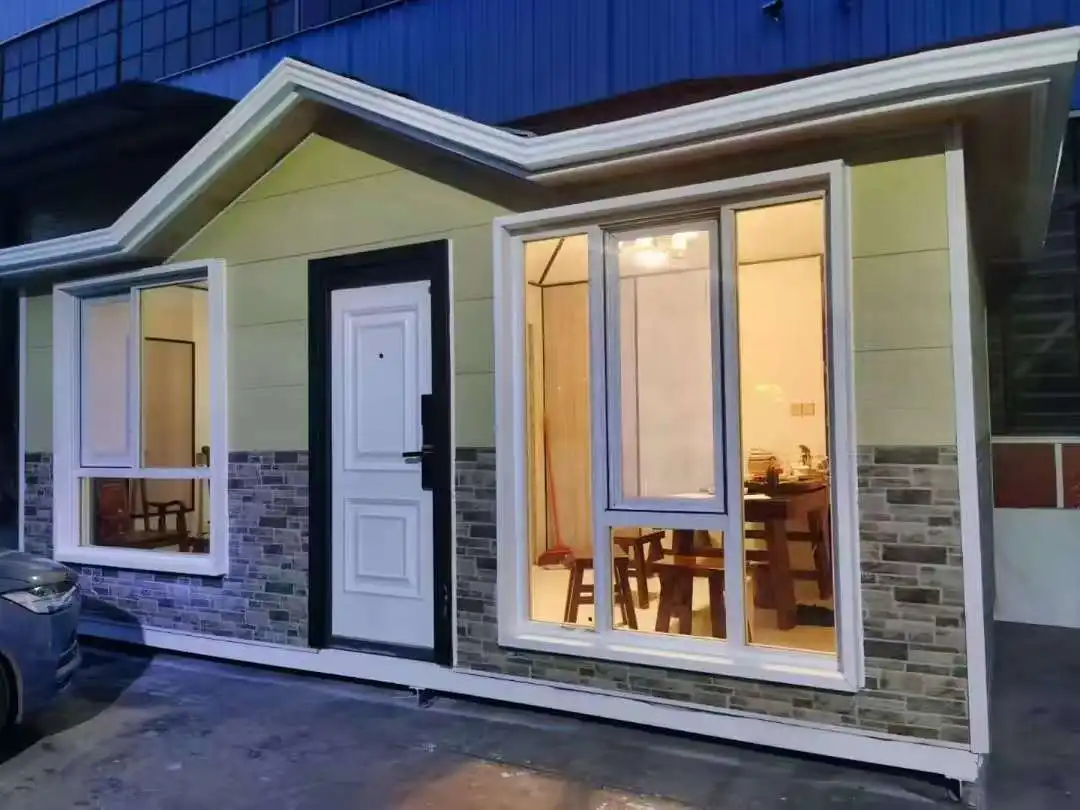
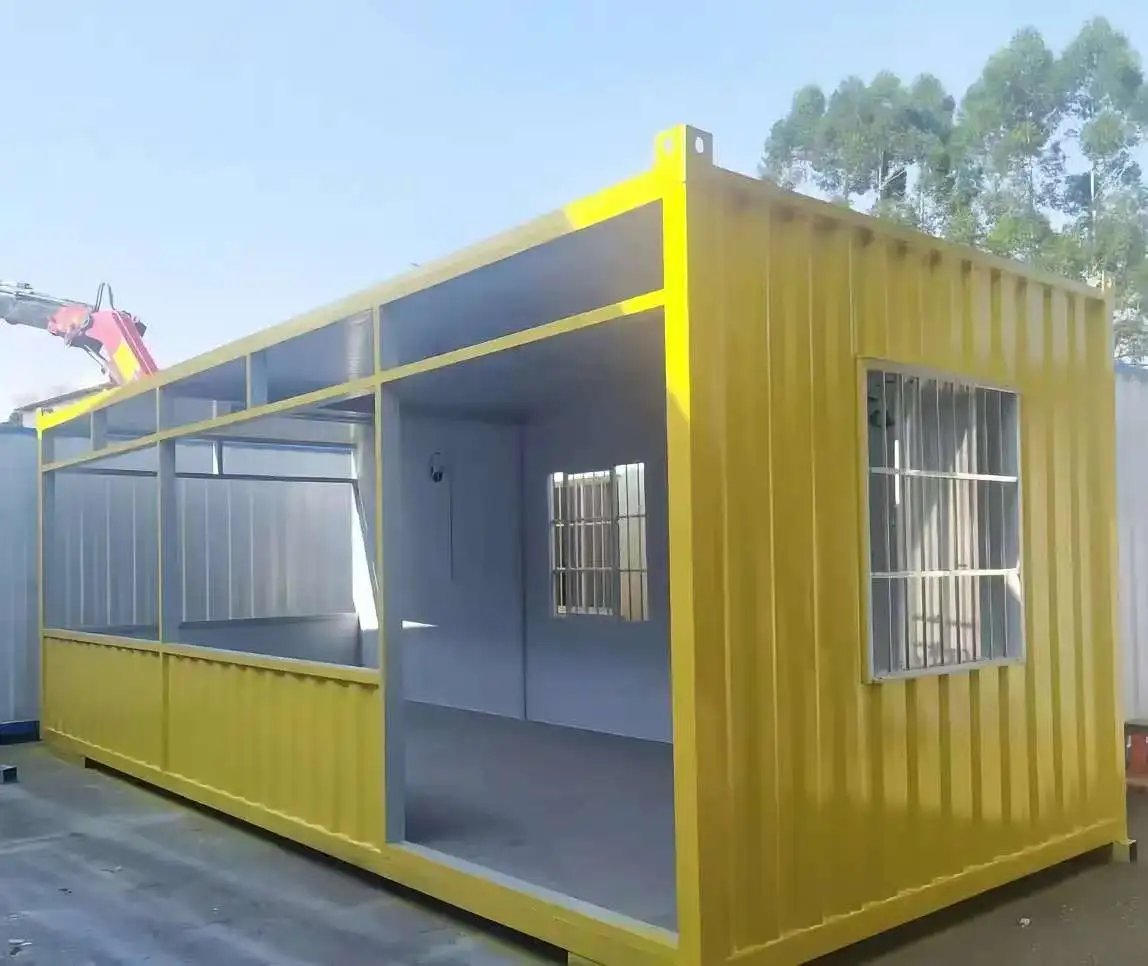

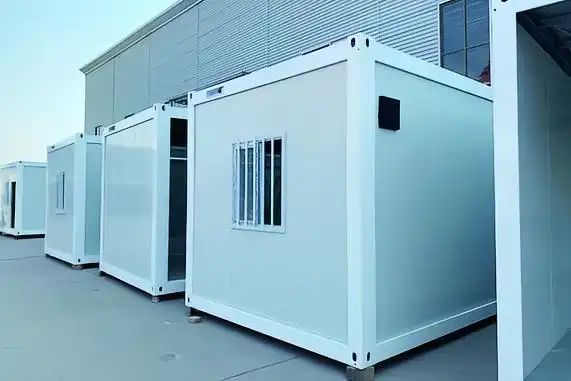
(1).jpg改.webp)
